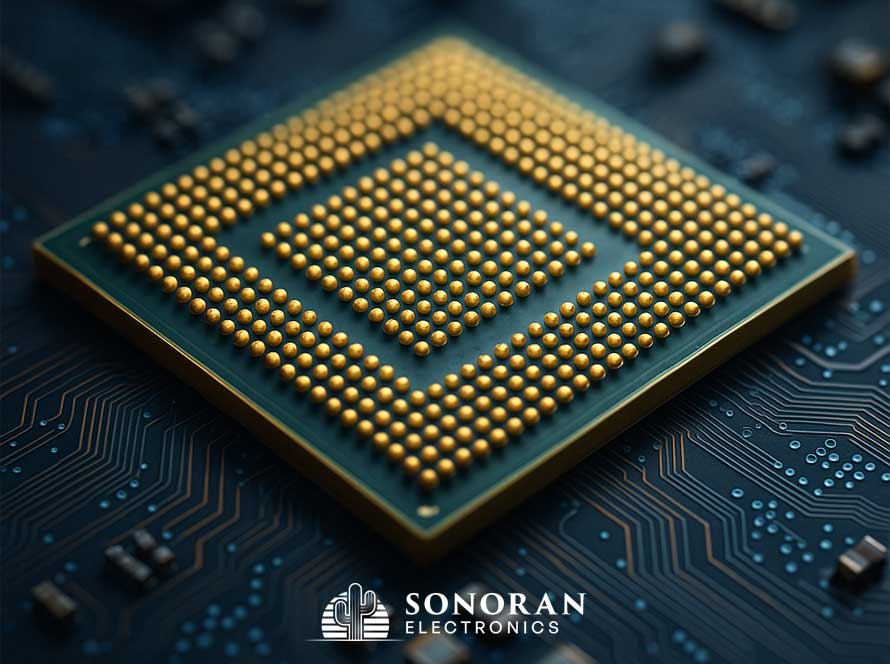The recent decision by Nexperia to halt shipments to its Chinese manufacturing facility has sent a sharp warning through global microelectronics supply chains. As European regulators intervened in the company’s Chinese ownership structure over intellectual‑property concerns, Nexperia responded by suspending supplies to its Dongguan plant—delivering a jolt to automakers and industrial‑electronics manufacturers already operating under thin chip inventories. The ripple effects are especially profound because Nexperia supplies more than 100 billion discrete power and logic components annually, used in functions ranging from airbags and seat adjustment to radar and advanced driver‑assistance systems.
This incident illustrates three critical lessons for buyers and designers of microcomponents. First, even well‑established suppliers with massive volumes are not immune to geostrategic risks. In Nexperia’s case, the interplay of European export controls, Chinese export bans, and global automotive manufacturing revealed the fragile intersection between regulatory policy and supply‑chain visibility. Second, the reliance on integrated global manufacturing—where wafers may be fabricated in Europe, shipped to Asia for packaging and test, and then returned for final assembly—creates latent single‑points of failure that are invisible until they trigger. Finally, the automotive industry is especially vulnerable: several carmakers have already warned of production slowdowns due to module shortages stemming from Nexperia’s supply disruption.
From a strategic sourcing perspective, this means component buyers must now assess supplier geography, contract clauses, and fallback plans far more explicitly. It’s no longer sufficient to evaluate price, quality, and lead time; one must also evaluate where a component is produced, whether critical IP origins or packaging steps sit in jurisdictions at risk of export or regulatory curbs, and whether alternative sources can activate quickly. In many cases, diversifying assembly/test locations or qualifying dual‑sourced packages becomes as important as verifying parametric specifications.
Looking ahead, the Nexperia disruption may catalyze broader shifts in microelectronics supply‑chain architecture. Manufacturers may accelerate on‑shoring of key components, especially those tied to safety‑critical systems, packaging/test operations may be regionalized, and more emphasis may be placed on traceability and supply‑chain transparency. For system integrators, this means aligning with suppliers capable of rapid manufacturing reallocation and proactive disruption response.
The microelectronics industry now faces a heightened era of supply‑chain risk — one where geopolitical, regulatory, and manufacturing factors interplay with technical and economic ones. For buyers of microcomponents, ensuring resilience means navigating not only device performance but also the political and regulatory terrain that underlies every chip.

